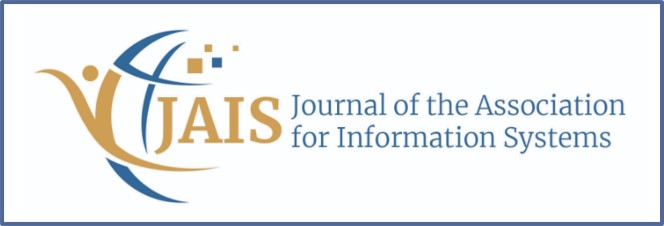
Abstract
Inspired by the city planning metaphor, enterprise architecture (EA) has gained considerable attention from academia and industry for systematically planning an IT landscape. Since EA is a relatively young discipline, a great deal of its work focuses on architecture representations (descriptive EA) that conceptualize the different architecture layers, their components, and relationships. Beyond architecture representations, EA should comprise principles that guide architecture design and evolution toward predefined value and outcomes (prescriptive EA). However, research on EA principles is still very limited. Notwithstanding the increasing consensus regarding the role and definition of EA principles, the limited publications neither discuss what can be considered suitable principles nor explain how they can be turned into effective means to achieve expected EA outcomes. This study seeks to strengthen the extant theoretical core of EA by investigating EA principles through a mixed methods research design comprising a literature review, an expert study, and three case studies. The first contribution of this study is that it sheds light on the ambiguous interpretation of EA principles in the extant research by ontologically distinguishing between principles and nonprinciples, as well as deriving a set of suitable EA (meta)principles. The second contribution connects the nascent academic discourse on EA principles to studies on EA value and outcomes. This study conceptualizes the “mechanics” of EA principles as a value-creation process, where EA principles shape architecture design and guide its evolution and thereby realize EA outcomes. Consequently, this study brings the underserved, prescriptive aspect of EA to the fore and helps enrich its theoretical foundations.
Recommended Citation
Haki, Kazem and Legner, Christine
(2021)
"The Mechanics of Enterprise Architecture Principles,"
Journal of the Association for Information Systems, 22(5), 1334-1375.
DOI: 10.17705/1jais.00696
Available at:
https://aisel.aisnet.org/jais/vol22/iss5/5
DOI
10.17705/1jais.00696
When commenting on articles, please be friendly, welcoming, respectful and abide by the AIS eLibrary Discussion Thread Code of Conduct posted here.

